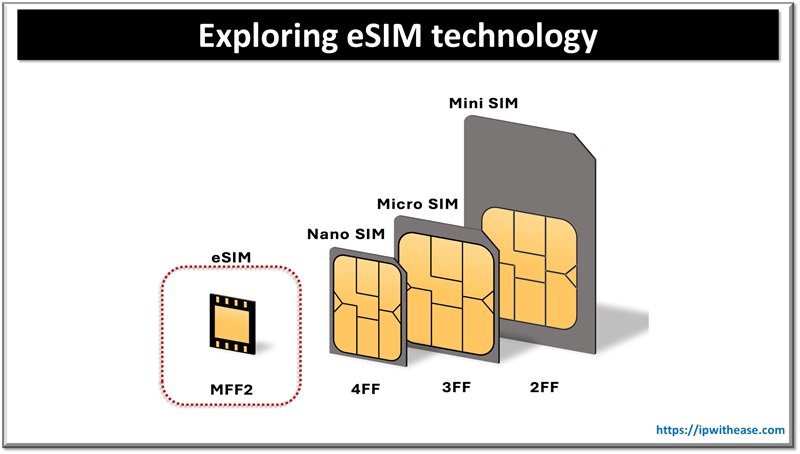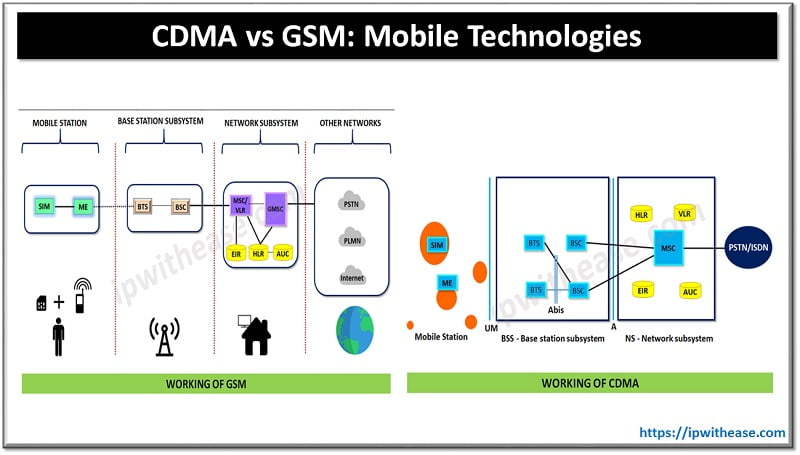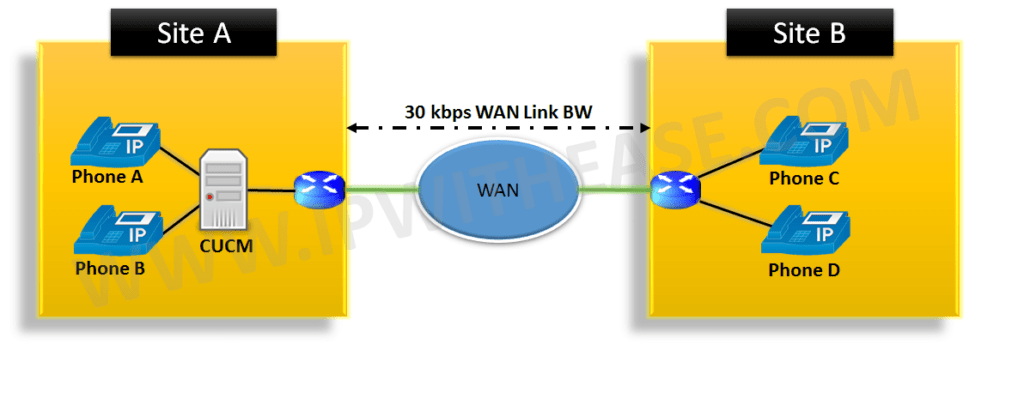Mean opinion score (MOS) is an assessment implemented for long in telephony networks to assess human’s view on the human user’s view of the quality of the network.The MOS is the arithmetic mean of all the individual scores, and can range from 1 (worst) to 5 (best).
Computing Voice quality over underlying IP network is more about performance of underlying IP network which is the carrier of traffic. The standard used for calculation is ITU-T PESQ P.862 .Like most standards, the implementation is somewhat open to interpretation by the equipment or software manufacturer. As a standardization approach, below are the levels of end user experience on quality of voice. The user experience is mapped to the quality parameter as a primary means of measurement –
The MOS is generated by averaging the results of a set of standard, subjective tests where a number of listeners rate the heard audio quality of test sentences read aloud by both male and female speakers over the communications medium being tested. A listener is required to give each sentence a rating using the following rating scheme:
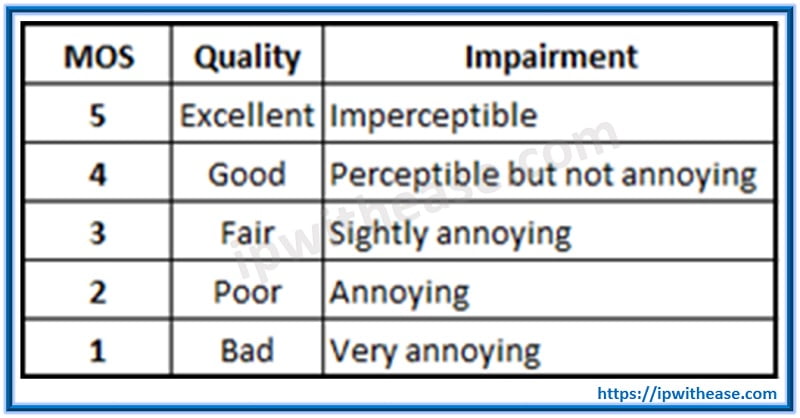
Mean Opinion Score
MOS is chiefly interlinked to audio codecs. Audio codecs sample and encode data packets for faster and lighter communication. Key areas of investigation from codecs are delay, jitter buffer and data loss –
- Delay: Propagation delay refers to the time it takes data to travel in a local network. Network devices add propagation delay when handling data. Packetization delay deals with the act of compressing and encoding data (codecs).
- Jitter Buffer: Networks impose a jitter buffer to account for spaces between data arrivals. It creates a window for reassembling the data in their proper order. An inefficient jitter buffer affects delay and may lead to choppiness. Jitter buffer delay is often unpredictable. The gaps can expand and shrink during a call, causing both parties to speak over one another.
- Data Loss: Networks sometimes drop data packets. Like jitter buffer, this leads to noticeable cut-offs in the conversation. Other than syllables and silences, data loss can simply distort the quality of a call.
The following items affect call quality:
- Bandwidth
- Codec in use.
- Hardware
- Jitter
- Latency
- Packet Loss
Codecs- Effect on MOS – Mean Opinion Score
A non-compressed codec, G711, will give the best voice quality, as no compression and decompression is required. This in turn makes this G711 less susceptible to packet loss, which even in small amounts will quickly degrade voice quality. Other codecs which use compression techniques consume less bandwidth, a good thing, but this compression process in itself lowers the voice clarity and introduces a delay. Additionally, compressed codecs are even more susceptible to packet loss. In addition G711 will maintain better quality with more latent connections, whereas compressed codecs’ voice quality can quickly degrade as latency increase, as the chart below reflects.
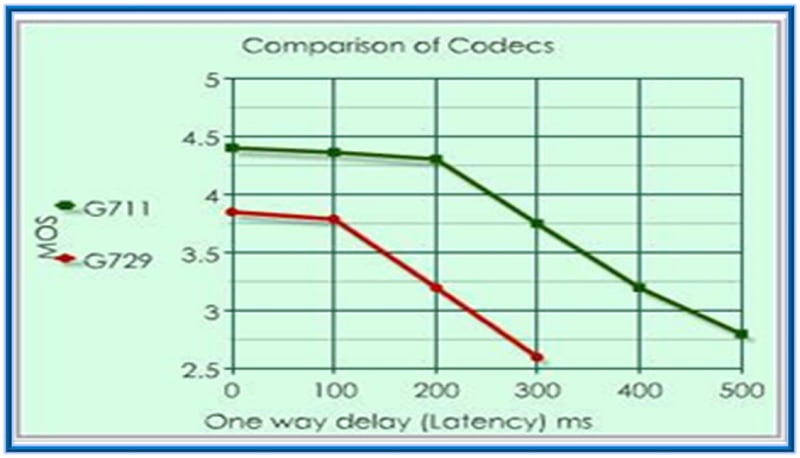
https://www.voipmechanic.com/
Below chart further illustrates the Codecs used in voip technology , corresponding Codec bandwidth utilized and MOS of end user.
References –
ABOUT THE AUTHOR

You can learn more about her on her linkedin profile – Rashmi Bhardwaj

